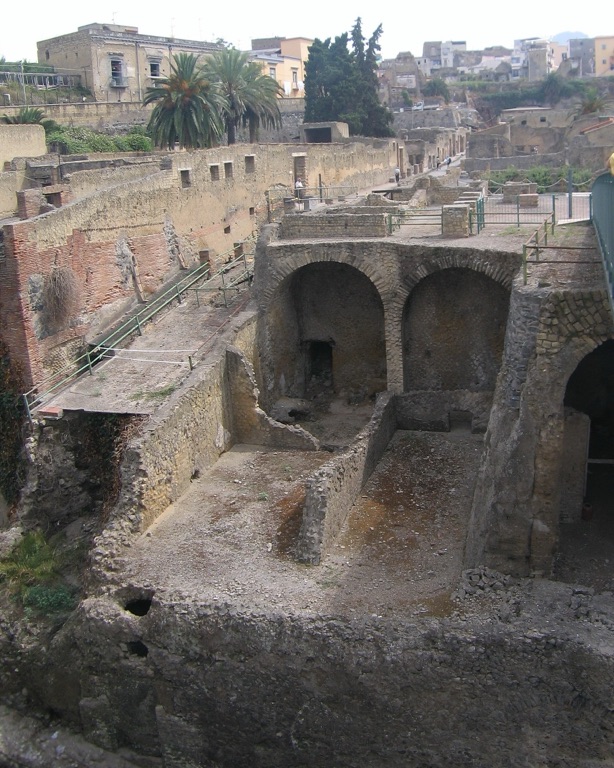Summary
Discovering Herculaneum’s Past
The Herculaneum ruins stand as a poignant testament to the devastating power of Mount Vesuvius in 79 AD. This ancient Roman town, once a vibrant seaside resort, was buried under volcanic ash in the same eruption that destroyed Pompeii. Unlike Pompeii, however, Herculaneum was encased in pyroclastic material, which preserved wooden structures and household items in remarkable detail. Today, the site offers an intimate glimpse into the daily lives of its former inhabitants. Visitors can walk down the old streets, step into well-preserved homes, and marvel at stunning frescoes and mosaics that have survived the test of time. The discovery of Herculaneum has provided invaluable insights into Roman society and culture, making it a significant archaeological treasure.
Get your dose of History via Email
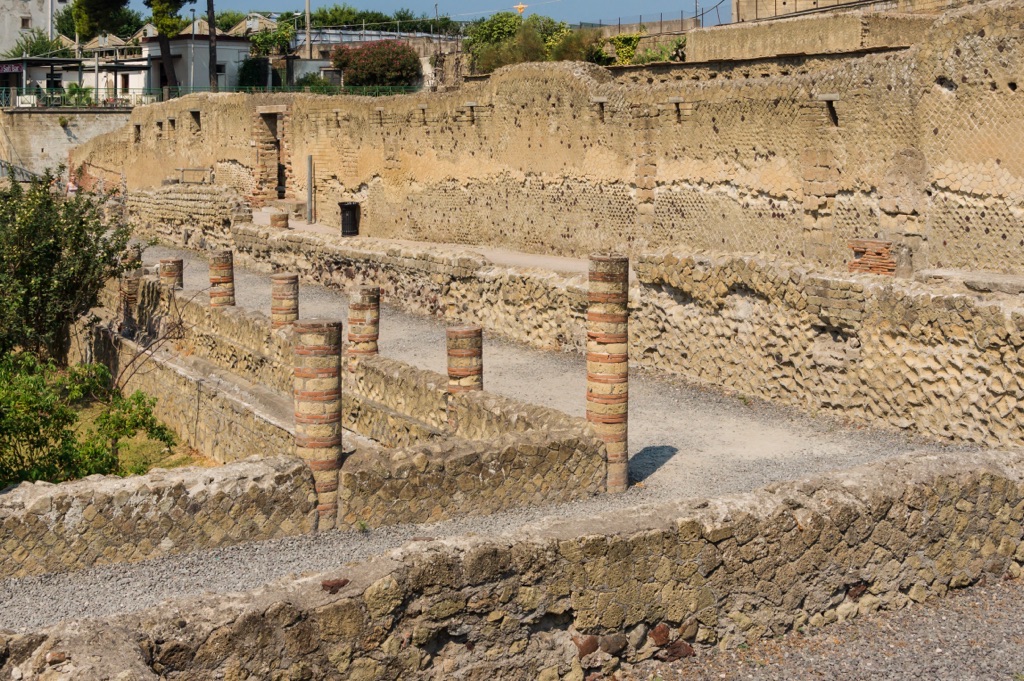
The Significance of Herculaneum’s Preservation
The excavation of Herculaneum has fascinated historians and archaeologists for its exceptional state of preservation. The town’s sudden burial under a thick layer of volcanic material created an airtight seal. This protected organic materials such as food, textiles, and even scrolls of ancient texts, which are usually lost to time. Such discoveries broaden our understanding of ancient Roman life, offering a rare opportunity to see past artifacts as they once were. Additionally, scientists have gleaned knowledge about the Vesuvius eruption’s nature from studying the site. For all these reasons, Herculaneum holds great importance for both the academic world and the public. It continues to reveal secrets from the past, helping us piece together a more complete picture of historical events.
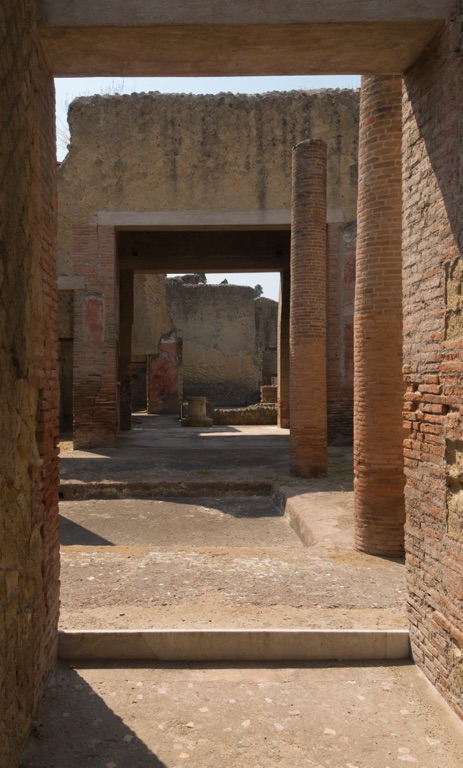
History of the Herculaneum
Once a thriving and sophisticated Roman city, Herculaneum’s fate intertwines closely with that of nearby Pompeii. Both cities succumbed to the catastrophic eruption of Mount Vesuvius in AD 79. Unlike Pompeii, which volcanic ash buried, a surge of volcanic matter preserved Herculaneum. This has allowed for exceptional preservation. Its discovery in the 18th century opened a unique window into Roman life. Today, its ruins are a valuable source for understanding the ancient world.
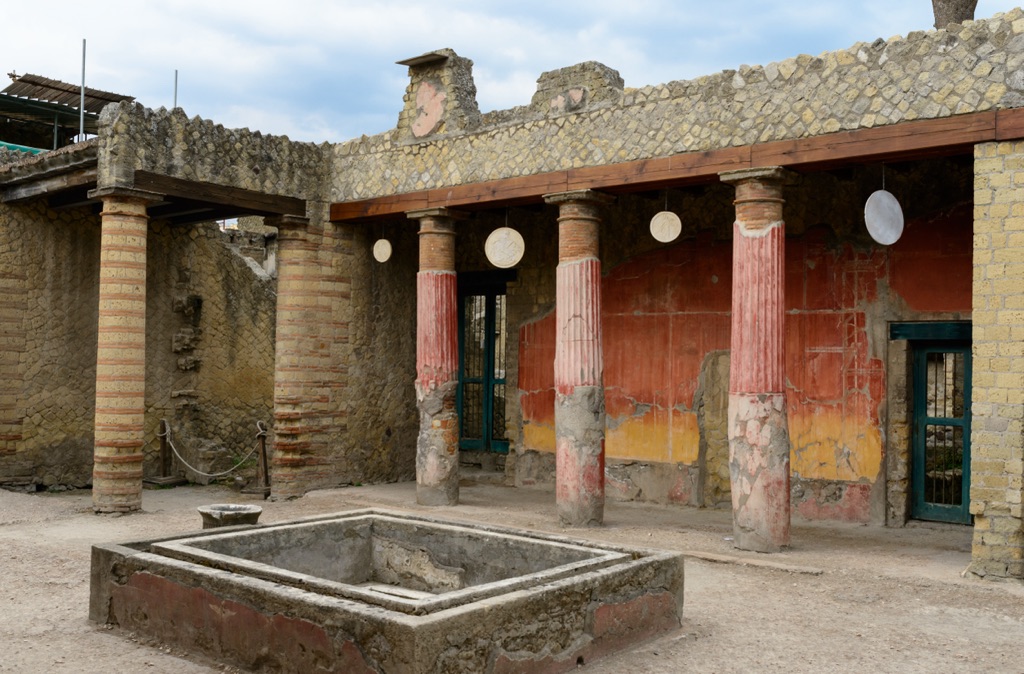
The Founding and Growth
Herculaneum’s early days date back to the 6th or 7th century BC. Early Greek settlers founded it, and it later became an important Roman town. Its coastal location and fertile grounds made it a desirable residential area for wealthy Romans. Grand villas and elaborate houses dotted this small city by the sea. Herculaneum flourished due to its trade connections, with residents enjoying a high standard of living.
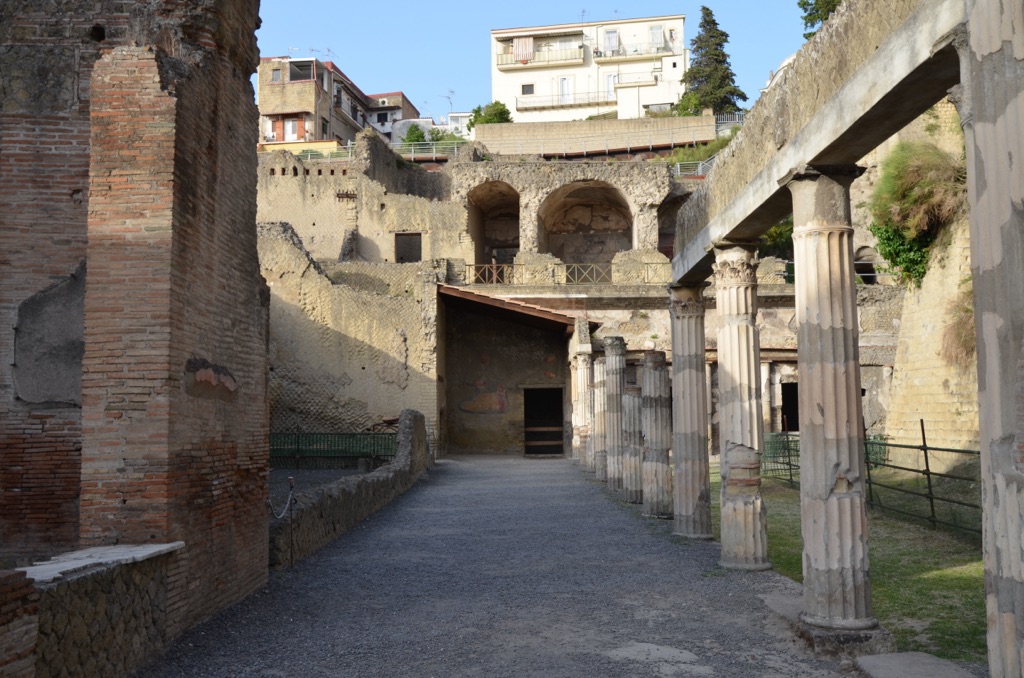
Rediscovery and Excavation
Buried deep under volcanic material for over 1,600 years, Herculaneum was lost to history. Its rediscovery in 1709 was accidental, through the digging of a well. Full-scale excavations started in 1738, revealing preserved buildings, artworks, and artifacts. Excavations have shown the unique preservation of wooden structures, fabrics, and even food. These items provide insight into the daily life of its citizens. As excavation methods evolved, so too have our understandings of this ancient city.
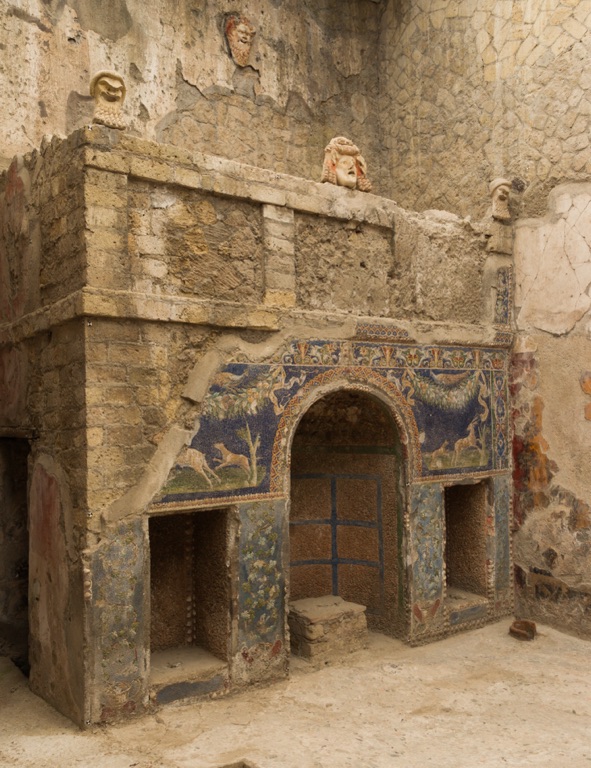
Visiting the Herculaneum
Discovering Ancient Splendors
Imagine stepping back in time, exploring streets once bustling with life. Herculaneum beckons with its remarkably preserved ruins. This ancient city, once a vibrant Roman town, lies in the shadow of Mount Vesuvius. It was here that the volcanic ash entombed the city, keeping it intact for millennia. As you walk past old shops and homes, it’s almost as if the residents just stepped out. The site offers a rare glimpse into daily life from centuries ago, an experience not to be missed for history enthusiasts.
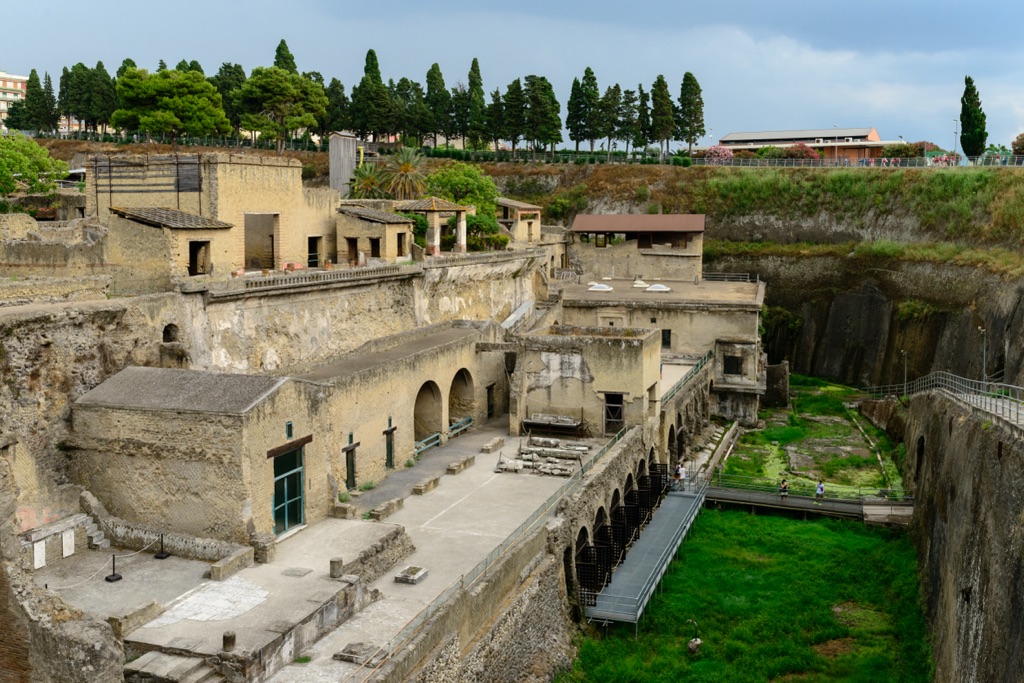
A Glimpse Into Roman Lifestyle
Meandering through Herculaneum’s archaeological site, you encounter the remnants of lavish homes and public baths. One can’t help but marvel at the intricate mosaic floors and vivid frescoes that have withstood the test of time. They showcase the opulence that the Romans once enjoyed. You’re not just visiting a site; you’re connecting with the past. There’s a serene beauty to the gardens rooted amidst stone ruins. They create a vivid contrast between life and history’s inevitable march. Each artifact narrates a story, offering insight into the social and economic fabric that wove this community together.
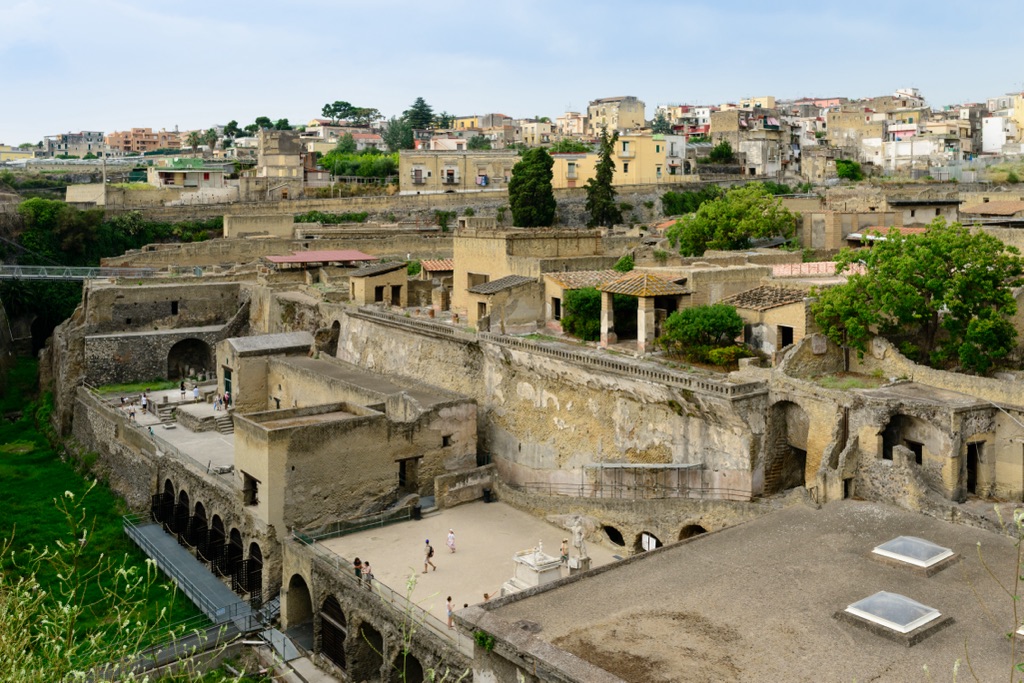
Planning Your Journey
Visiting Herculaneum requires some planning to fully appreciate its wonders. Opt for an early start to avoid the crowds and the afternoon heat. Comfortable walking shoes are a must, as the cobbled pathways are uneven and steep in parts. Guided tours are invaluable for understanding the rich history behind the ruins. You can enhance your visit with an audio guide or a knowledgeable local guide. Remember, preserving such sites is crucial, so respect the environment. With these tips in mind, your visit to Herculaneum will not only bring the past to life but will also be a memory to cherish forever.
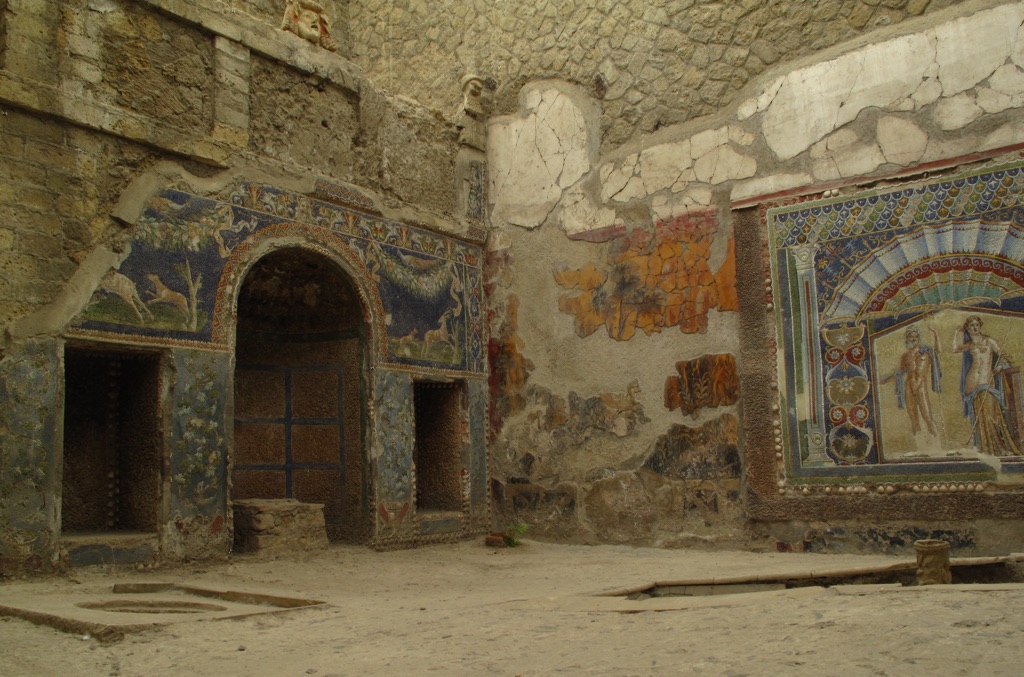
Conservation Efforts for Future Generations
The Roots of Modern Conservation
Conservation efforts began to gain traction in the late 19th and early 20th centuries. Visionary leaders like John Muir and Theodore Roosevelt saw the need to preserve nature’s majesty for future enjoyment. National parks were among the first official steps taken to guard the natural beauty and ensure its survival. This was when conservation transitioned from an idea to a practice, creating a blueprint for future generations.
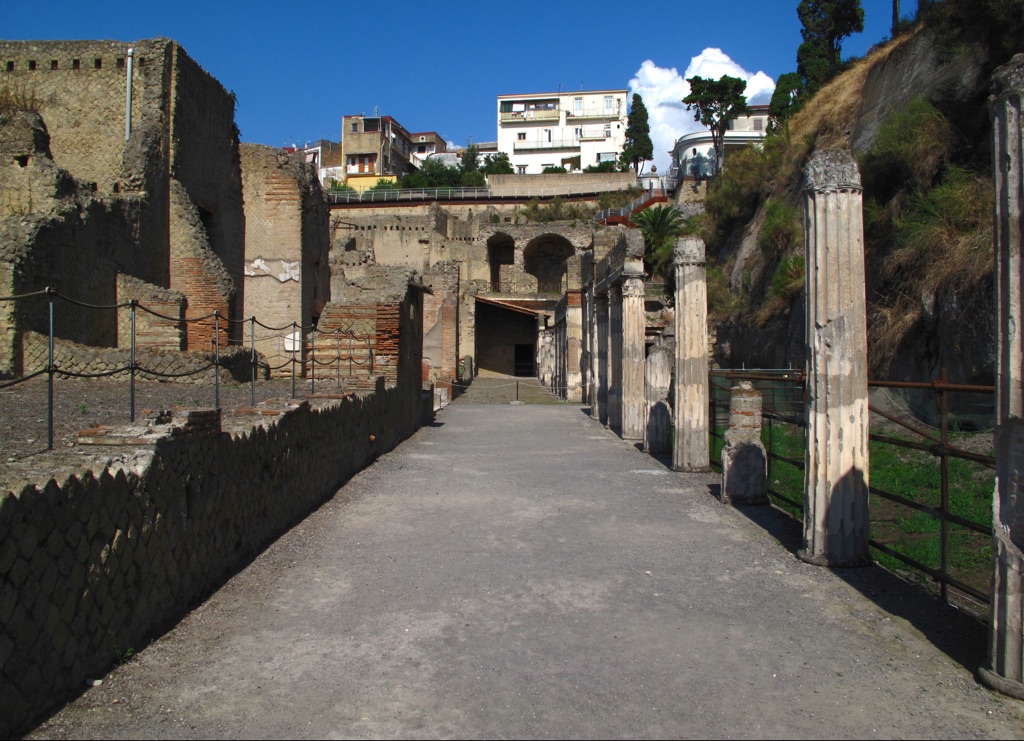
Advancement of Conservation Sciences
With time, the field of conservation has advanced through leaps in our scientific understanding. Dating methods such as radiocarbon dating have become crucial. They reveal the age of artifacts and natural features, informing how we protect them. Scientists work tirelessly to hone theories on the best conservation methods. This ongoing research is vital in fine-tuning our efforts. It ensures that our natural heritage remains intact.
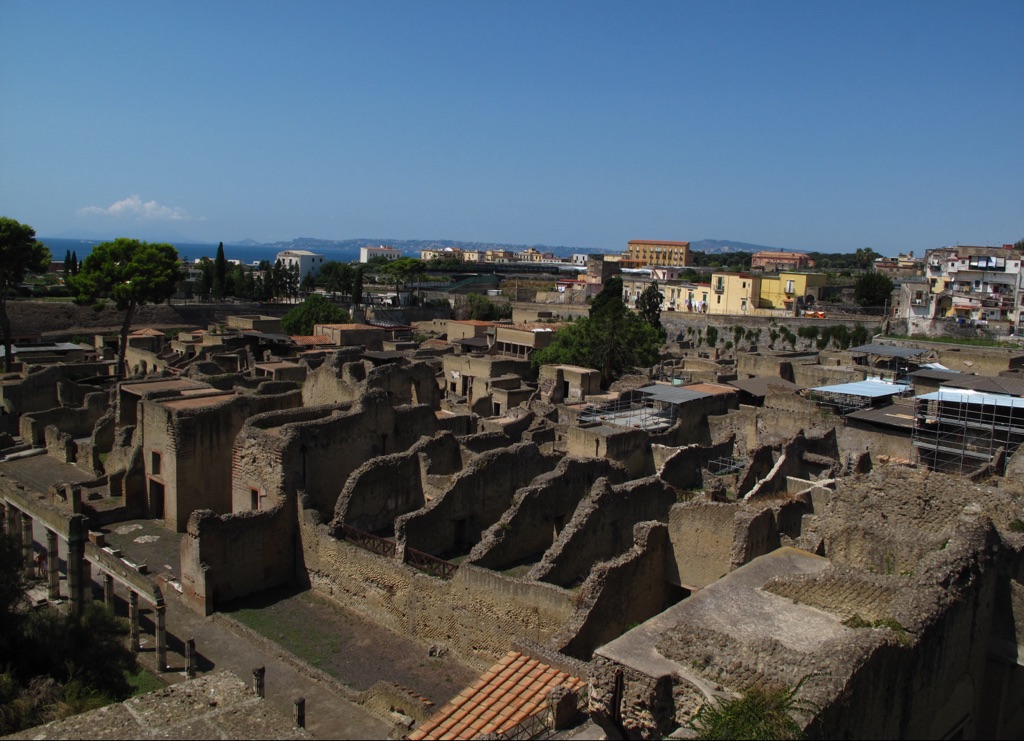
Conservation’s Cultural Impact
Conservation initiatives have had vast cultural significance worldwide. They foster an appreciation for natural wonders and cultural heritage. Efforts to protect regions like the Amazon Rainforest or the Great Barrier Reef have raised awareness. They highlight the importance of preserving these wonders for their cultural and natural value. Moreover, interpretations of historical sites have seen a shift. The focus now includes not only their past significance but also their future legacy.
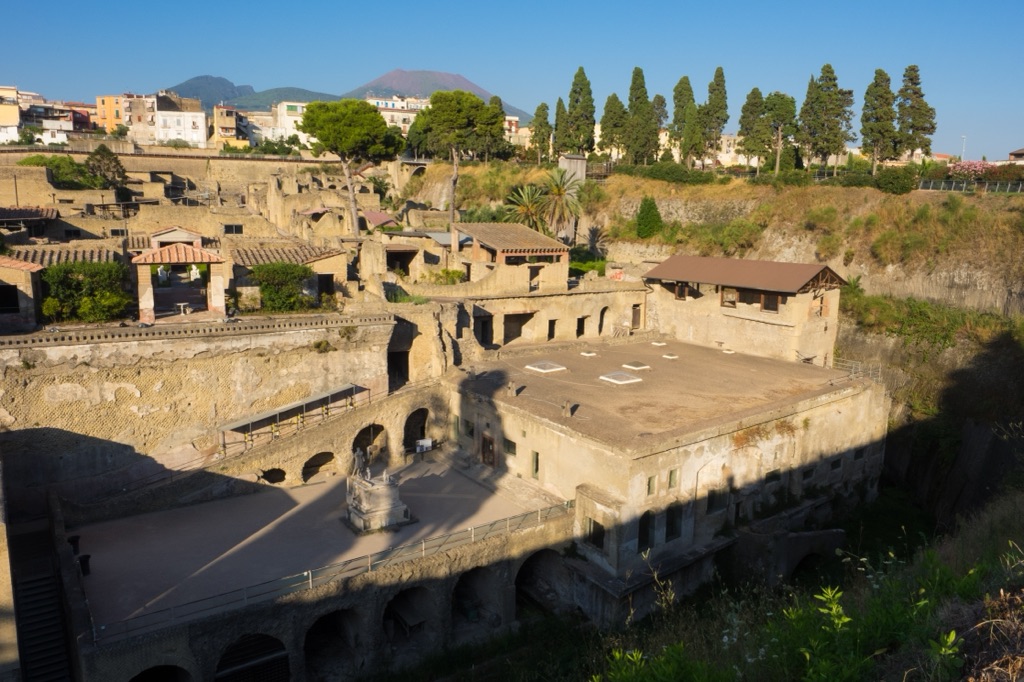
For further reading and to validate the information presented in this article, the following sources are recommended:

